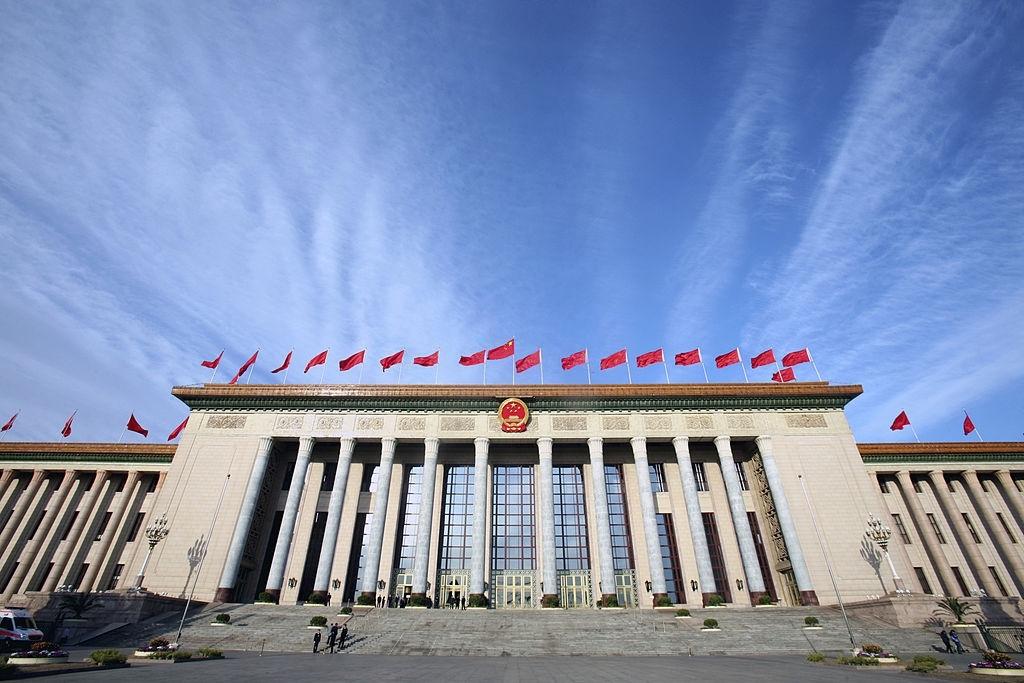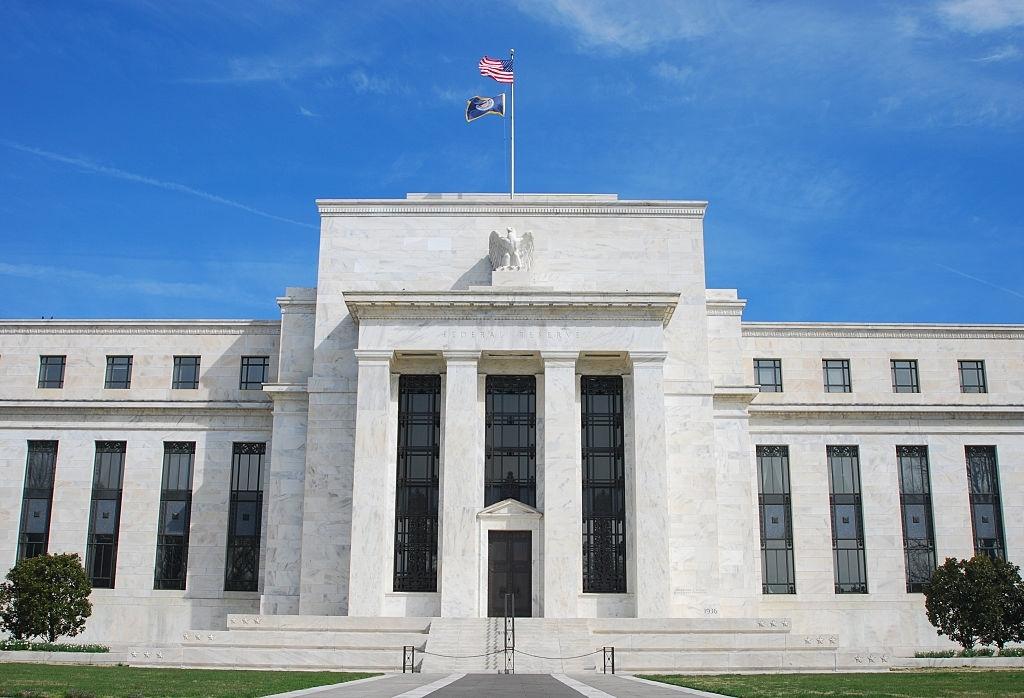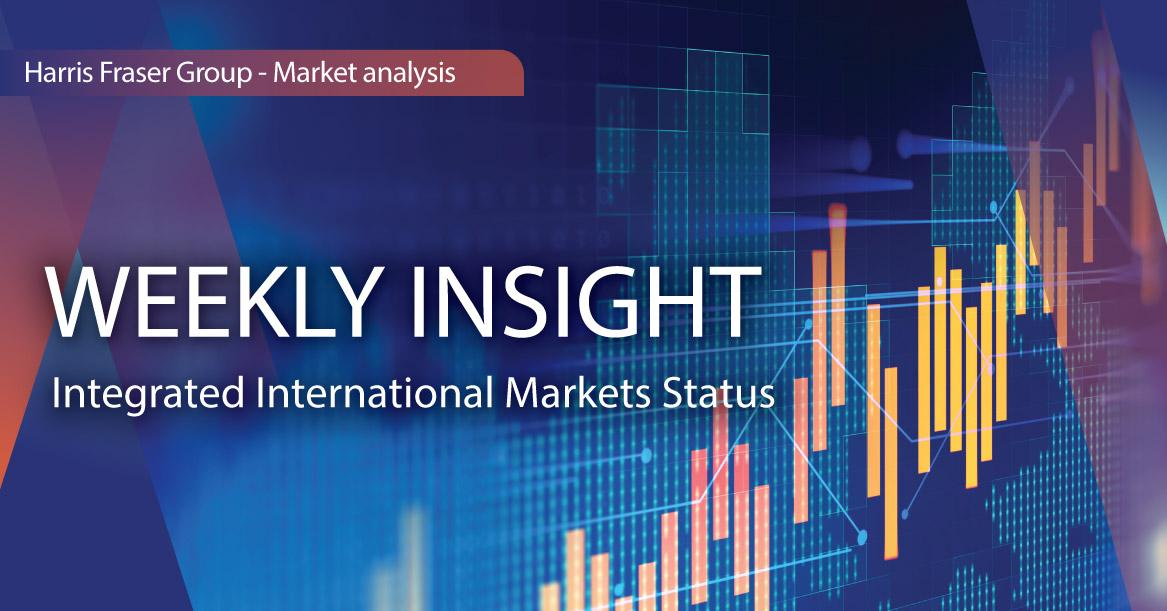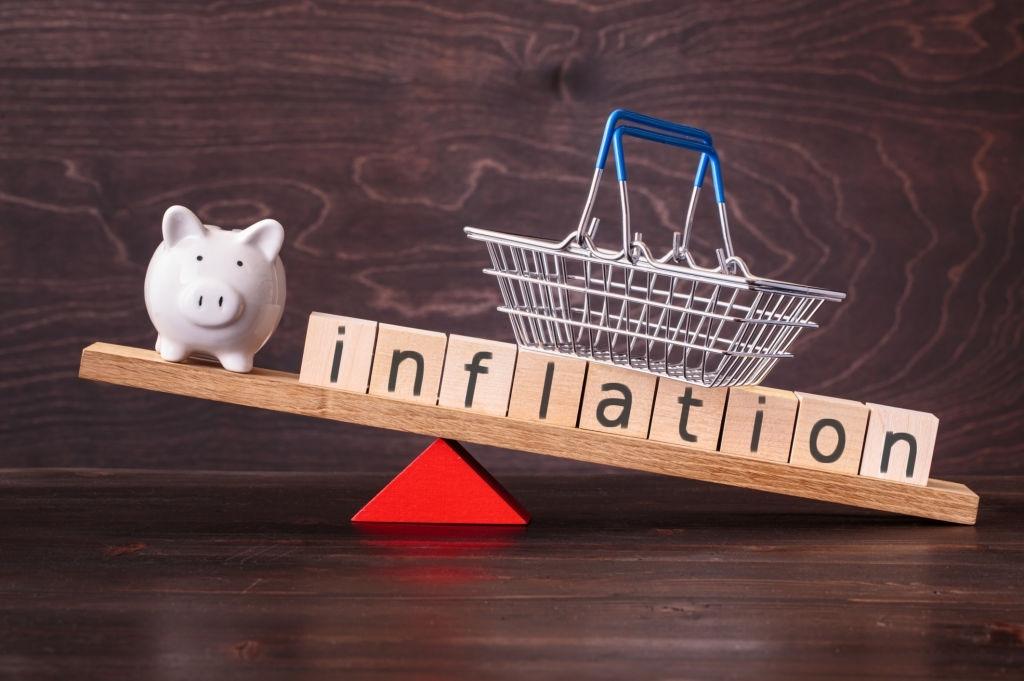 US
US
US equity markets had a lukewarm week following the Thanksgiving holidays. Over the past 5 days ending Thursday, the 3 major indices were 0.59-1.75% higher. US Fed President Jerome Powell spoke in public this week, stating that smaller rate hikes are likely and could start soon, though he admits that the fight against inflation still has a long way to go, and reiterated that the focus is on how high will the terminal rates be, and how long rates will remain restrictive. St. Louis Fed President James Bullard suggests that there will be more rate hikes down the line, and suggests that the Fed should keep interest rates above 5% throughout 2023, while New York Fed President John Williams also agrees that more work is needed from the Fed to bring inflation down. At the time of writing, Bloomberg interest rate futures suggest that markets are pricing in a 50 bps hike in December, and Fed fund rates would only peak around 4.8% next year.
The Fed also released the latest Beige Book on Wednesday. The report found that housing market was hit due to high interest rates, inflation, and recession risks, it was also noted that there is a slowdown in the overall economy, with layoffs observed in the housing, finance, and technology sectors. As for the economy, ISM manufacturing index came in at 49 in November, which fell below market expectations of 49.8, and marked the first contraction since June 2020. Conference Board Consumer Confidence was 100.2 in November, better than the market expected 100, but was still lower than October’s 102.5. Labour market continued to show mixed signals, initial jobless claims were lower, but continuing claims continued the growing streak since late September. Next week, the US will release factory orders data for October, University of Michigan sentiment index for December, as well as the latest labour market data including initial and continuing jobless claims.
 Europe
Europe
European markets had a slight consolidation after the recent weeks of rally, over the past 5 days ending Thursday, the UK FTSE and the French CAC gained 1.23% and 0.70% respectively, while the German DAX was down 0.34%. EU members continued their discussion on further restrictions on Russian oil, where a price cap of $60 per barrel is being discussed, the price cap would work in conjunction with the oil sanctions with the aim off lowering oil revenues to Russia. As for economic fundamentals, the inflation data was a centre of attention this week, as the November CPI of the Eurozone came in at a surprising 10.0% YoY, which was lower than both the market estimates of 10.4% and October’s 10.6%. Eurozone economic sentiment for November was 93.7, which was better than the market expected 93.5, and also marked the first MoM improvement since February. Next week, Europe will be releasing the October retail sales YoY data, and Germany will release the industrial production data.
China
Hong Kong and China markets continued to perform on back of improving market sentiment over policy directions. Over the week, the CSI 300 index gained 2.52%, while the Hang Seng Index surged 6.27%. Local authorities including Guangzhou and Beijing have started to show some easing on COVID restrictions, and there has been more emphasis on vaccinating the elderly. Markets anticipate that a policy pivot could be on the table, alongside with the continued support on the property sector, reopening beneficiaries and Chinese property developers surged in response to the news. As for economic fundamentals, both NBS official manufacturing and non-manufacturing PMIs in November were disappointing, missing both the market expectations and showed further contraction compared to the previous value. The November Caixin manufacturing PMI on the other hand showed a positive surprise of 49.4, which was better than both market expectations and the previous month value. Next week, China will release more economic data, including the November data on Caixin services PMI, exports YoY, PPI and CPI data, as well as aggregate financing and new Yuan loans.
 China
China
Hong Kong and China markets continued to perform on back of improving market sentiment over policy directions. Over the week, the CSI 300 index gained 2.52%, while the Hang Seng Index surged 6.27%. Local authorities including Guangzhou and Beijing have started to show some easing on COVID restrictions, and there has been more emphasis on vaccinating the elderly. Markets anticipate that a policy pivot could be on the table, alongside with the continued support on the property sector, reopening beneficiaries and Chinese property developers surged in response to the news. As for economic fundamentals, both NBS official manufacturing and non-manufacturing PMIs in November were disappointing, missing both the market expectations and showed further contraction compared to the previous value. The November Caixin manufacturing PMI on the other hand showed a positive surprise of 49.4, which was better than both market expectations and the previous month value. Next week, China will release more economic data, including the November data on Caixin services PMI, exports YoY, PPI and CPI data, as well as aggregate financing and new Yuan loans.









